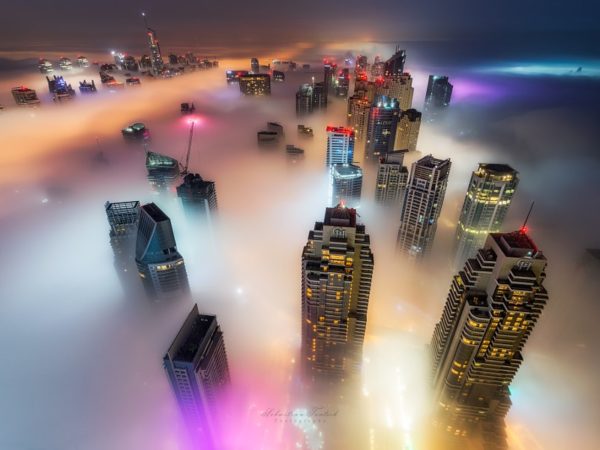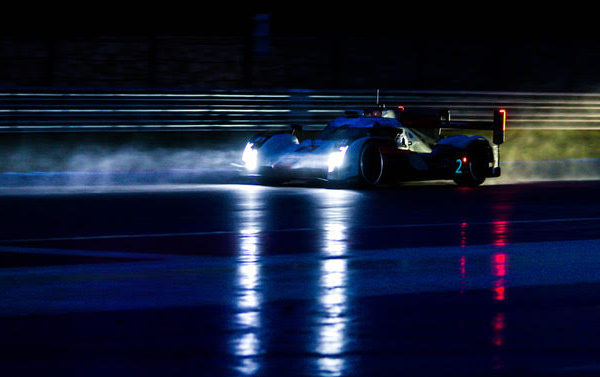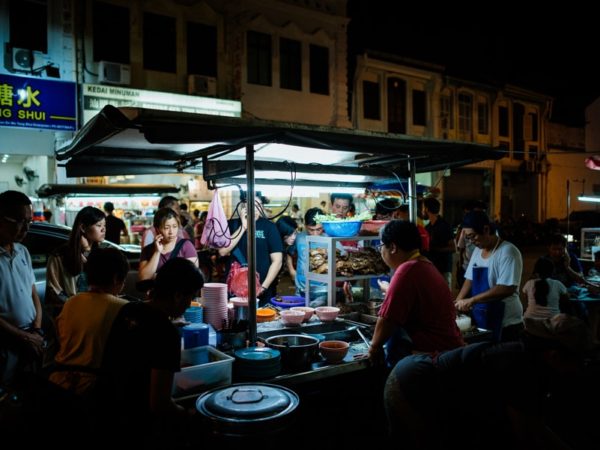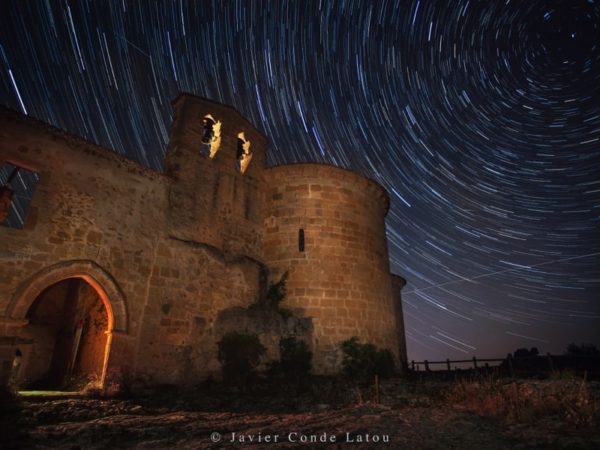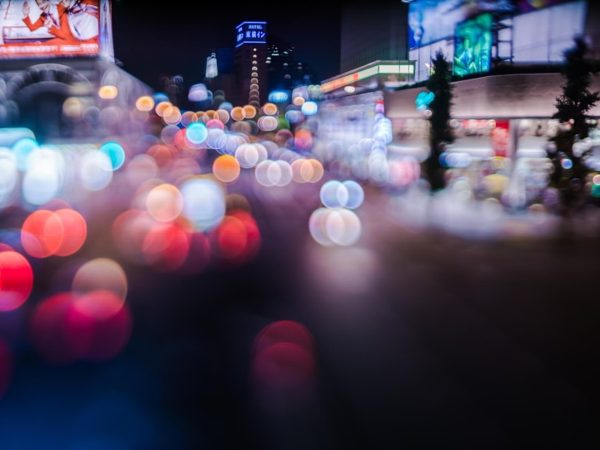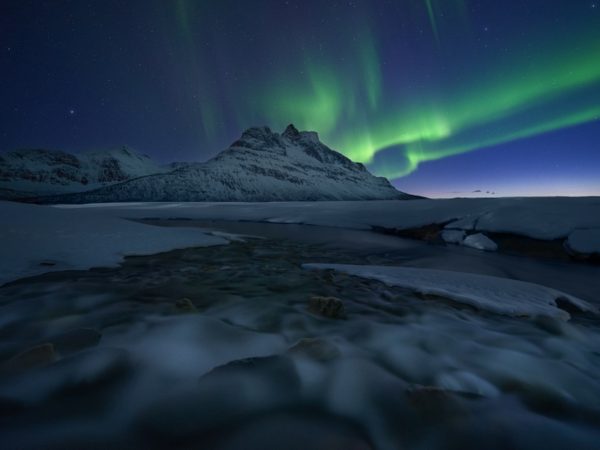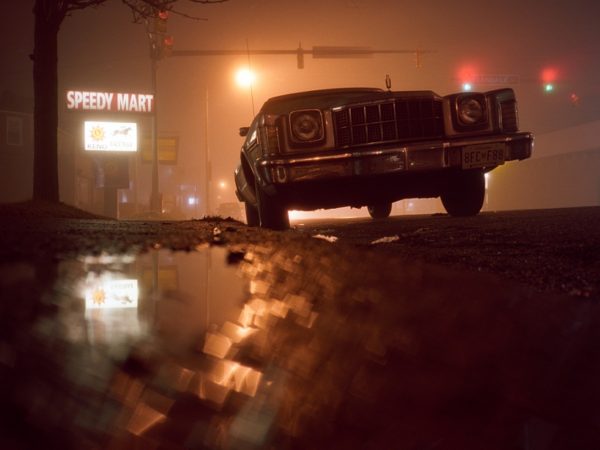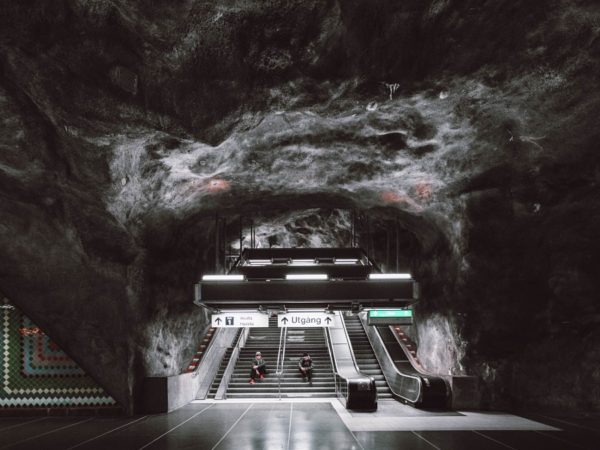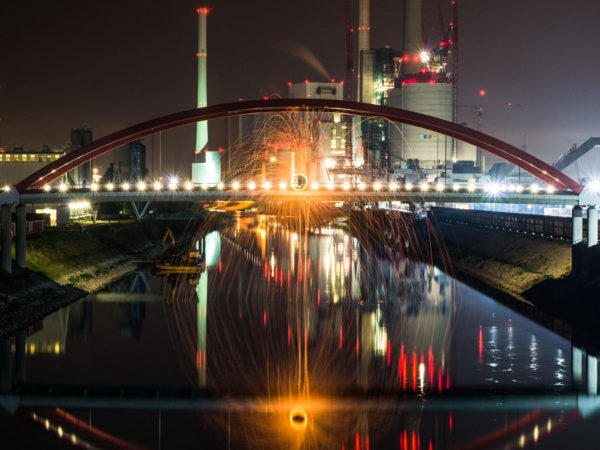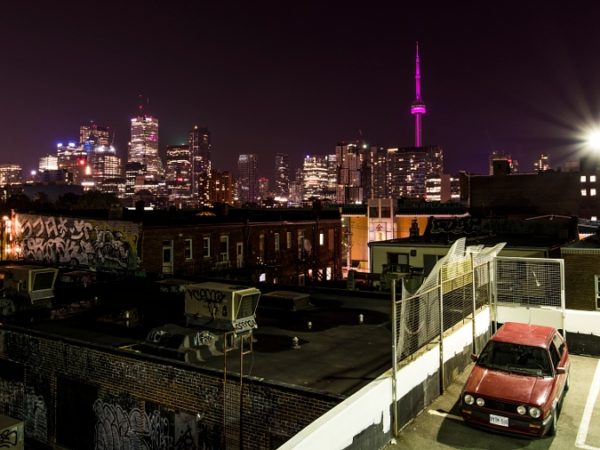Björn Hoffmann is an ambitious and technical photographer living in Stuttgart, where he works as an engineer. Since first catching the astrophotography bug on a sailing trip in the Mediterranean in 2014, he’s done a lot in the field. Bjorn is currently working on a gigapixel mosaic of the Milky Way, which is surely a complex task, and also expanding into other areas of photography with success. With his experience, he brings great advice for doing astrophotography and pointing your camera at the stars.
Briefly, where are you from and what’s your journey through life to where you are today?
I was born in northern Germany and from there my life’s journey always brought me a little bit further south. I studied physics and got my diploma in 2009. Afterwards, I worked at different research institutes with a focus on nanostructures and photonics, and recently I submitted my PhD thesis. A few weeks ago, I started working as a failure analysis engineer in industry in Stuttgart.
What motivates you to take photos and keep experimenting with photography?
I was always interested in photography, but the real boost came 4 years ago, when I got my first serious camera with interchangeable lenses. I started with mirrorless cameras and have never regretted that decision. My motivation is based on several things: First of all, I am a serious geek with a great interest in high tech! Furthermore, I love being outside and trying to capture unique sceneries. For me, taking the image is only half the way: I spend a major amount of time in post processing, because I want to create a very special look and I always try to get the most out of the data. That’s where my scientific background comes through! I know that my style is on the edge of overprocessing, but most importantly, those images have to appeal to me.
What do you think are the most important elements of an interesting photograph?
When I started photography, I also created a profile at 500px. Pretty quickly I learned that photos straight-out-of-camera are useless and that you need to master the art of post-processing. In my opinion, taking the photo accounts for maybe 20% of the overall effort, the other 80% is post-processing, especially in night photography. An interesting photo lives in the balance of fore- and background. When I am taking Milky Way panoramas, I try to put a tree either directly underneath the Milky Way bow or at 1/3 of the image.
You’ve done a lot of astrophotography – how did you get started with that?
I started astrophotography in the summer of 2014. I was on a sailing trip around Mallorca in the Mediterranean Sea with my friends. One night we stayed on a remote island and I saw the Milky Way in incredible detail with my bare eyes. That is something which is not common anymore in light-polluted Germany. I always wanted to capture the Milky Way and so that night I gave it a first try. From then on, I was “infected” and read a lot of tutorials while trying to improve my own technique. I am an efficient self-educator and thus, I was able to capture nice photos very quickly. However, even now, two years later, I am still learning and improving my work.
How do you find good locations for astrophotography or nighttime long exposure photography?
I’m using several light pollution maps to find spots that suit my goals for that night. For example, if I want to shoot the Milky Way center in the south, I search for a place with no big towns in the next 50km in that direction. If I am shooting panoramas or the foreground is of importance, I decide based on the scenery and not so much on light pollution. Sometimes, I scout at daytime to find nice spots, but usually I only decide by studying light pollution maps and Google maps. [Editor Note: This light pollution map is the best one we’ve found online – the most detailed and also the most accurate, in our experience. Give it a try!]
How do you pass the time waiting for long exposures to finish?
When doing deep-sky photography, it can happen that my camera is busy for several hours. I have two methods to pass time: The first one is to just sit under the sky, drinking tea and watching the stars, satellites, shooting stars and planes. But at some point even this gets boring so then I get my second camera with a wide-angle lens and start to take either panoramas or behind-the-scenes photos of my gear or myself. I have found that I don’t want to spend more than two hours on one target, so I usually shoot several things in one night to have more diversion.
What was the most difficult challenge you faced doing astrophotography, and how did you overcome it?
I had big trouble shooting deep-sky objects such as nebulas of galaxies with my tele lens. The reasons were its limited aperture of f/6.3 at 210mm and its low optical quality. I tried for more than a year, but the results were never satisfying. The solution was one of my best investments ever: A Samyang 135mm f/2 lens. It turned out to be perfect for astrophotography, since it can be used wide open, has nearly no chromatic aberrations and is sharp to the edges. This easily reduced my needed exposure times by a factor of 20! It massively improved my photography.
What are you trying to learn or improve on right now, in photography?
I am not only shooting at night; I also try to shoot great landscapes at daytime. This is much more complex, because to achieve an interesting photo, many more details have to be perfect compared to night photography. At the moment I am trying to improve my work with neutral density and graduated filters so I can shoot without needing bracketed shooting and/or HDR processing. In contrast to my night photography, where I do 80% of the work on the PC, I try to reduce that amount to 20% for my daytime landscapes. In astrophotography, I am working on a gigapixel mosaic of the Milky Way right now. This project is extremely complex and difficult and I am really not sure if it will ever work out. But that’s also what motivates me. If it was easy and everyone could do it, I would find it boring. I need difficult ideas that make me stay out at night in the cold. I want to achieve things you cannot find anywhere in the astrophotography community. I think I already achieved a bit of success, considering the few years I have worked in that field.



![The Observer [reprocessed] by Björn Hoffmann on 500px.com](https://drscdn.500px.org/photo/154572771/m%3D900/bdb2eb0cd2baf70ecd3a2de166fdea5d)



